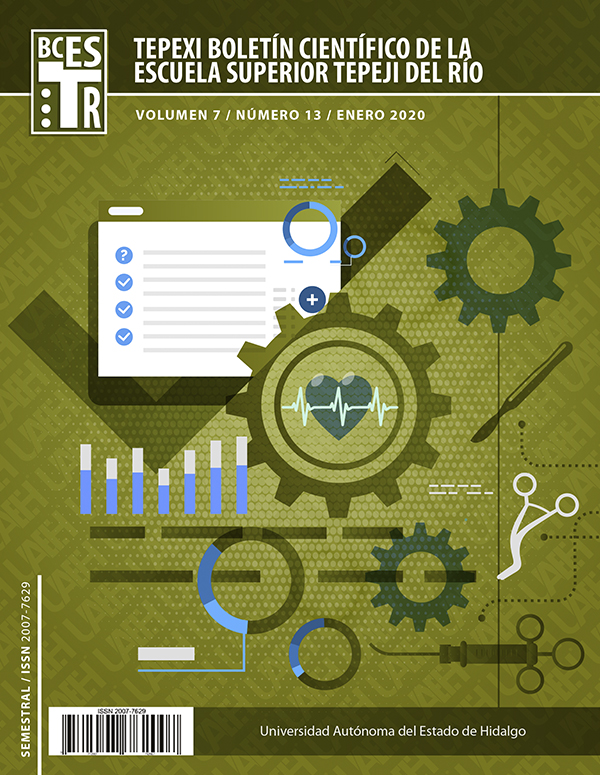Cri Du Chat Syndrome
Abstract
The cat meow syndrome or 5p deletion is an alteration in which there is a decrease in the genetic material in the short arm of the pair of chromosomes 5, it is a rare syndrome with an incidence of 1/50000 births, having greater incidence in the female sex Not being established in races or geographical areas.
It was first described in 1963 by the French doctor Jerome Lejeune, through a cytogenetic analysis in which it consists of the observation of the genes.
The name Cri Du Chat French originally and means crying or cat meowing
As a result ,the lackat is of some genes responsible for establishing language, cognitive ability and the formation of body structures, the aforementioned aspects often present defects.Its main characteristic is the crying similar to a cat's meowing due to laryngomalasia accompanied by hypoplasia of the epiglottis and the relaxation of the upper ariepiglottic folds, this causes the Mz of the voice to have a frequency of 600-900 Mz.
Downloads
References
Martínez M.(2010) Estudio colaborativo español de malformaciones congénitas (15° Ed) ASEREMAC ECEMEC.
Galo. B.(2011). Sindrome de cri du chat, una rara cromosopatia, Universidad Nacional Autónoma de Honduras. Recuperado de:
ATTEM.(2005) Sindrome del maullido de gato o Cri du chat (7° ED.)
Cerruti P. (septiembre de 2006). [Síndrome cri du chat]. Orphanet J Rare Dis BioMed Central












